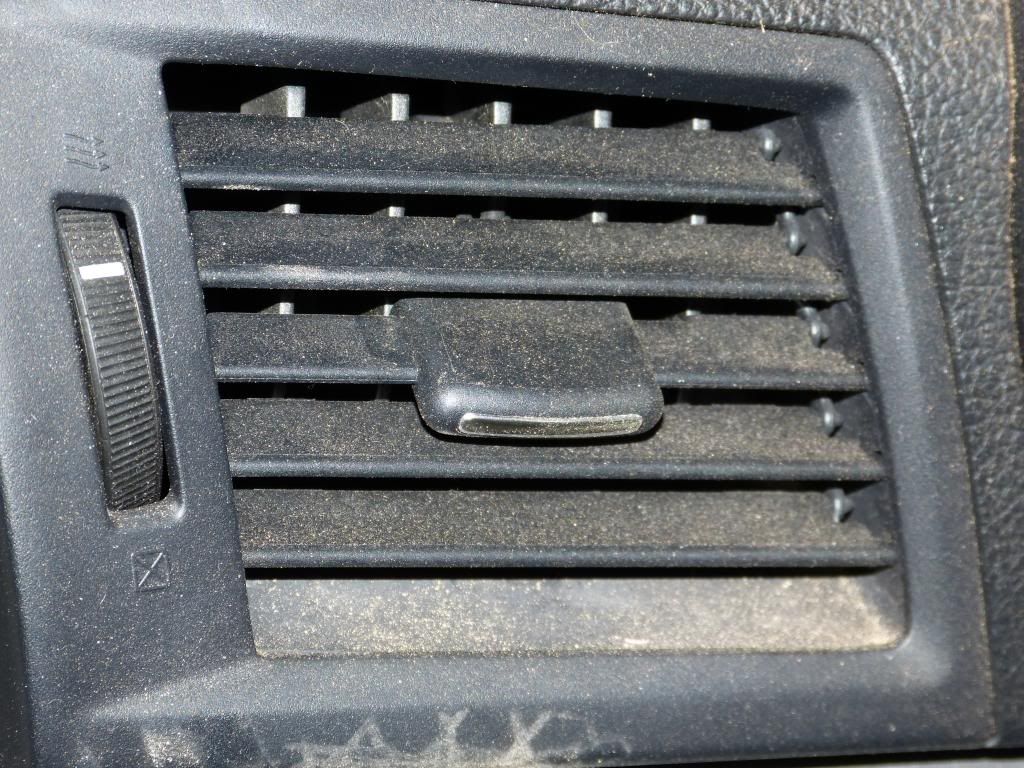LeMarque
New member
Thinking of quick details. I know some folks feel steaming vents just pushes the dust and dirt down into the ducts.
So my McCulloch, which costs $120 +/- is going to be the guinea pig. Thought is, APC would help to breakup/dissolve the grime and , hopefully drastically reduce or eliminate the need to use a MF wrapped popsicle stick to clean each and every vane. Again, aiming for efficiency and time reduction to be able to offer a mini detail. If it boosts the cleaning power of the steamer it would help in cup holders, etc.
Thoughts?
So my McCulloch, which costs $120 +/- is going to be the guinea pig. Thought is, APC would help to breakup/dissolve the grime and , hopefully drastically reduce or eliminate the need to use a MF wrapped popsicle stick to clean each and every vane. Again, aiming for efficiency and time reduction to be able to offer a mini detail. If it boosts the cleaning power of the steamer it would help in cup holders, etc.
Thoughts?

